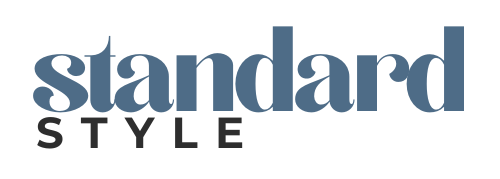The 11 Outdated Bob Haircuts You’ll Want To Skip In 2025
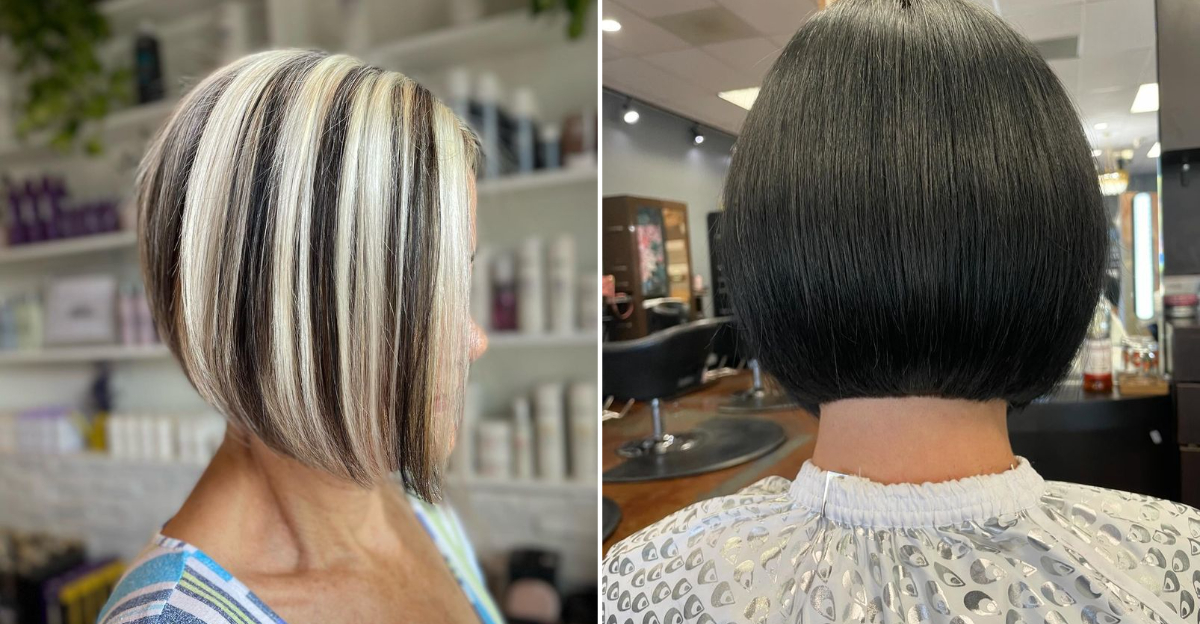
I’ve always believed that a great bob can transform your look, but not all bobs are created equal.
After years of watching hair trends come and go, I’ve noticed certain styles that once ruled salon chairs are now heading for the exit.
Looking ahead to 2025, these once-popular bob variations have lost their sparkle and might actually age your appearance rather than refresh it.
1. Overly Stacked Bob
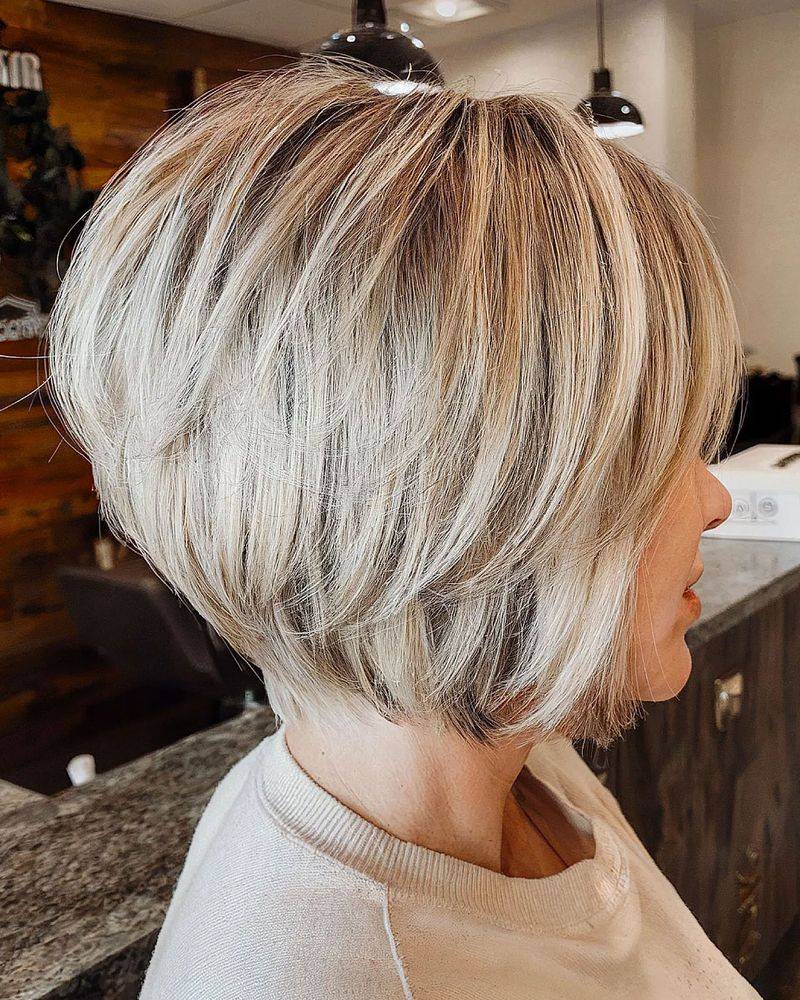
Remember those super-stacked bobs from the early 2000s with dramatic height at the back? That extreme volume at the crown paired with severely angled sides is screaming dated now.
The maintenance alone is enough reason to pass on this style. You’ll find yourself at the salon every few weeks just to maintain that precise graduation, not to mention the daily styling nightmare. Your morning routine will be consumed by backcombing and hairspray.
Modern bobs have moved toward more relaxed, lived-in looks with subtle graduation rather than that helmet-like precision. Even stylists who once championed this look are now steering clients toward softer, more natural-looking alternatives that don’t require military-grade styling products.
2. Ultra-Precise Chin-Length Bob With Zero Layers

That ruler-straight, one-length bob cut precisely at the chin might have looked chic on fashion runways of decades past, but it’s fallen from grace. This unforgiving style leaves no room for error and often creates a boxy shape around the face.
Face shapes matter tremendously with this cut. Unless you have that perfect oval face, this severe style can accentuate features you might prefer to soften. Morning hair can be a nightmare too—one night of tossing and turning, and your whole look is thrown off.
The stark geometric effect often feels harsh rather than fashionable now. By 2025, we’ll be embracing cuts that incorporate subtle layering and movement, creating more dimension and personality than this uncompromising style could ever deliver.
3. Extreme A-Line Bob
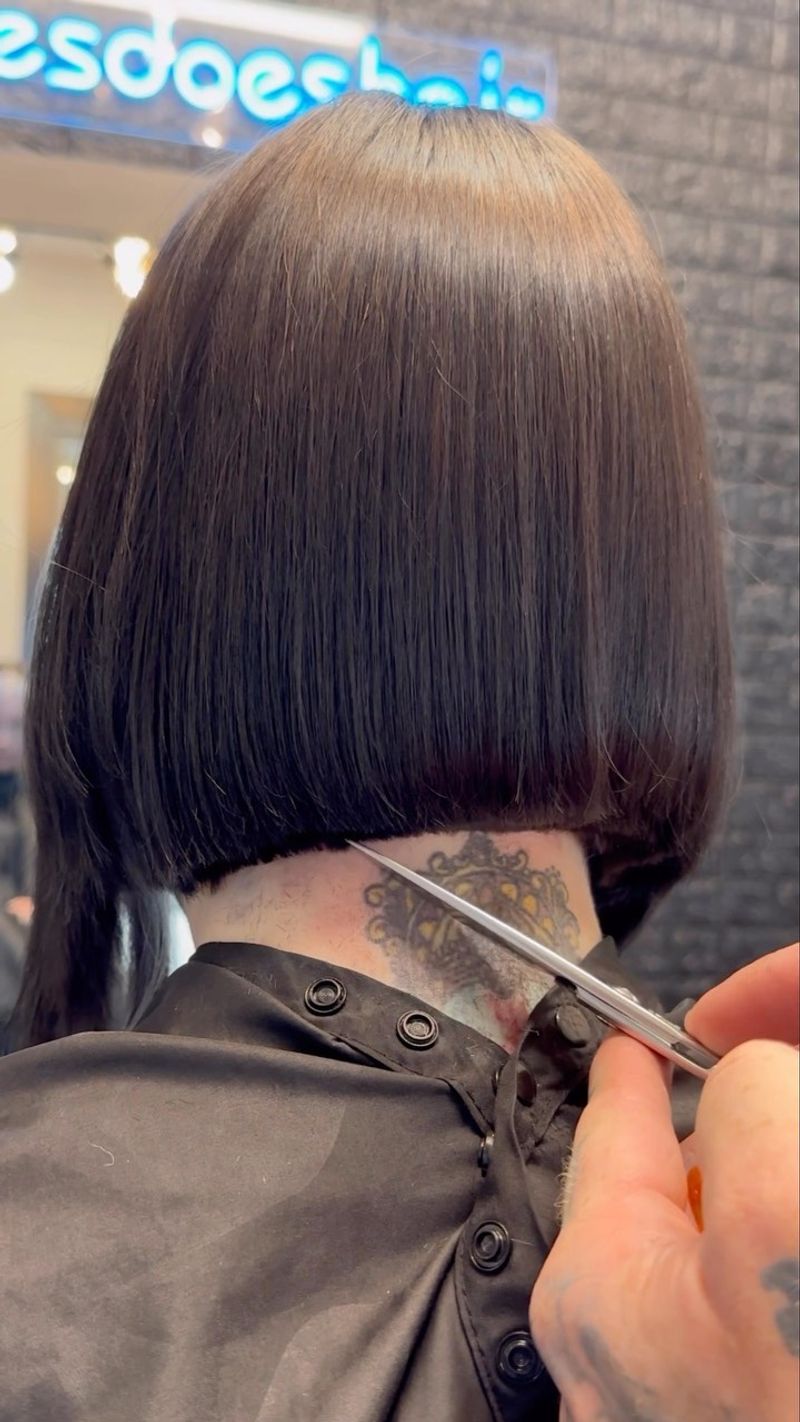
You know the one—dramatically shorter in back, drastically longer in front. This exaggerated A-line bob had its moment, but that moment has definitely passed. The severe angle creates an unbalanced look that draws too much attention to itself rather than complementing your features.
The practicality issues are real. Those long front pieces constantly dip into your food, get caught in car doors, and require constant adjusting. Plus, the growing-out phase is particularly awkward, creating a misshapen silhouette that’s nearly impossible to style gracefully.
By 2025, gentler transitions between lengths will be the go-to. Modern bobs feature subtler graduation that creates movement without the cartoonish exaggeration that made this style feel like a costume rather than a sophisticated choice.
4. Helmet-Style Bob With Rounded Ends

First popularized in the 1960s and revived periodically since, the helmet bob with its perfect dome shape and curved-under ends is firmly in retirement territory now. This rigid style creates a dated, matronly appearance that adds years rather than vitality.
The amount of product needed to maintain this look is staggering. Your hair becomes essentially shellacked into place, unable to move naturally in the wind or respond to touch. The rounded shape also tends to widen rounder face shapes, creating an unflattering silhouette.
Today’s bobs embrace natural texture and movement rather than fighting against them. By 2025, we’ll see even more emphasis on cuts that work with your natural hair patterns instead of this heavily controlled style that seems more appropriate for a wax museum than real life.
5. Poker-Straight Blunt Bob
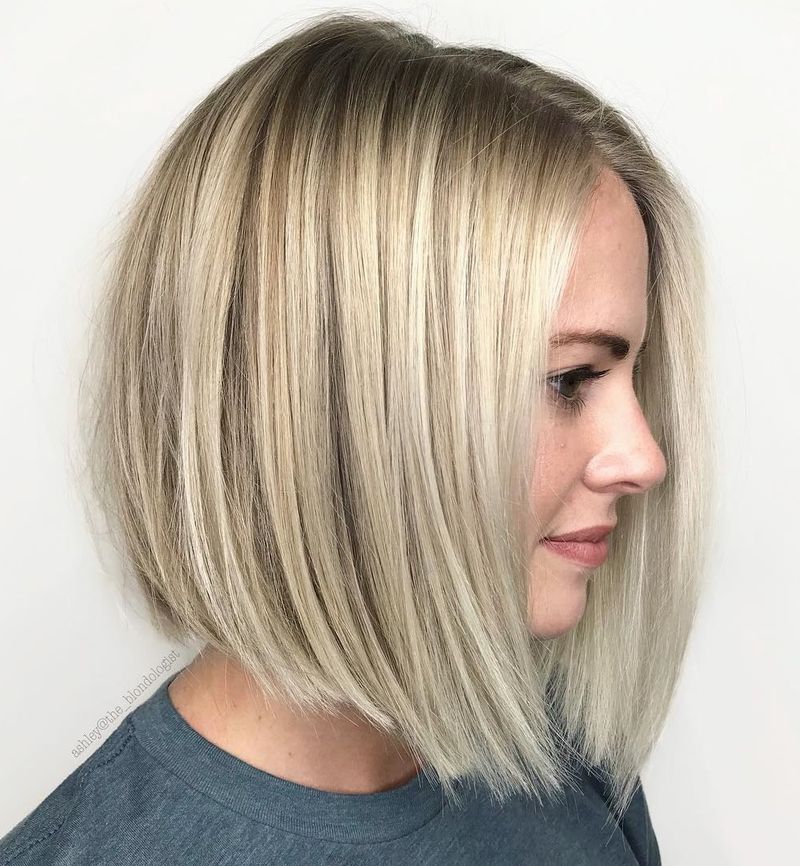
That severe, razor-sharp blunt bob with absolutely zero texture was once the epitome of chic minimalism. Now it reads as harsh and unforgiving. The flat-ironed-to-death look damages hair while creating a rigid appearance that lacks personality.
This style is particularly problematic for fine hair, making it look even thinner and limper. The maintenance is brutal too—any hint of natural texture or wave immediately “ruins” the look, forcing you to become a slave to your straightening tools and fighting the elements constantly.
Hair health has become a priority, and the excessive heat styling required for this look goes against everything modern hair care stands for. By 2025, textured bobs with subtle layers and movement will continue gaining favor over these severe, damaging styles that fight against your hair’s natural tendencies.
6. Bob With Chunky Highlights
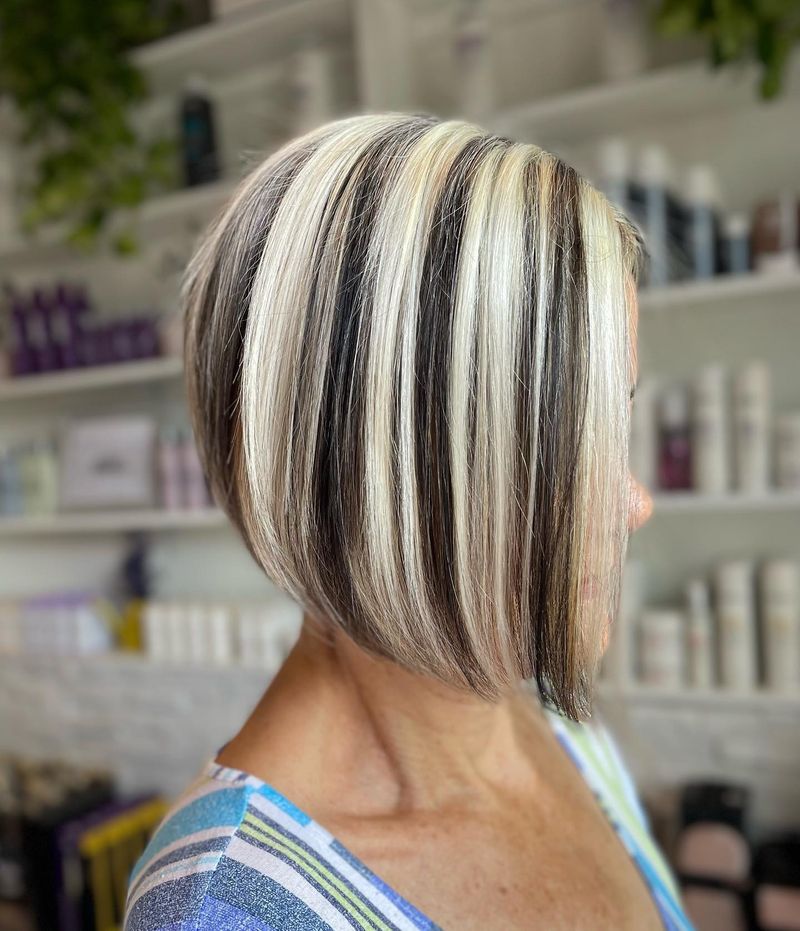
Those bold, stripy highlights from the early 2000s paired with a bob cut create a time-capsule effect that immediately dates you. The stark contrast between colors—typically that platinum blonde against dark base—screams mall salon circa 2003.
Beyond looking outdated, this coloring technique creates a harsh growing-out phase. The chunky stripes become even more obvious as roots appear, creating an awkward, zebra-like effect that’s nearly impossible to disguise between appointments. Not to mention the damage from those aggressive bleaching sessions.
Modern color techniques like balayage, subtle money pieces, and dimensional highlighting have completely revolutionized how we approach hair color. By 2025, we’ll see even more refined, natural-looking color transitions that enhance bobs rather than these stark, artificial-looking stripes that immediately reveal their age.
7. High-Volume Bubble Bob
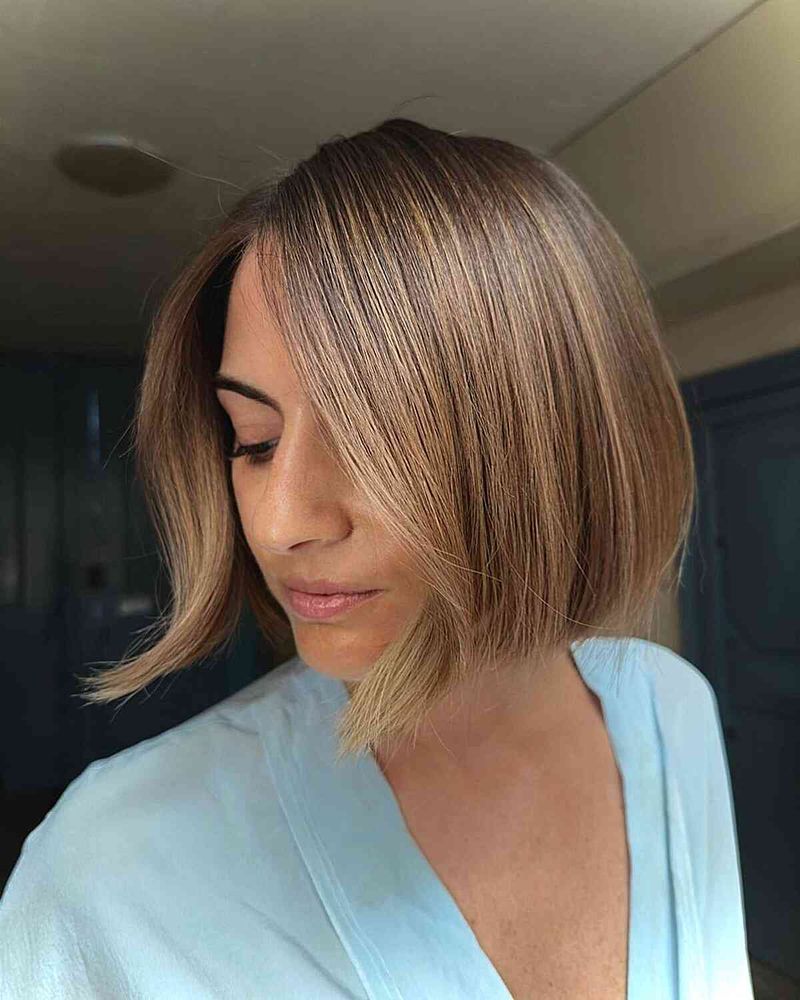
That round, poufy bob that resembles a bubble or mushroom shape reached its peak in the 80s and early 90s. The excessive volume created by heavy layering and aggressive backcombing now looks costumey rather than current.
Creating this shape requires teasing, spraying, and molding hair into submission. Your hair essentially becomes a stiff, immovable helmet that can’t be touched or tousled. Weather becomes your worst enemy, with humidity or rain instantly destroying hours of styling work.
Modern bobs celebrate movement and touchable texture rather than artificial structures. By 2025, we’ll continue moving away from these architectural hair creations toward styles that enhance natural volume in strategic places without that dated, overstyled effect that makes this bob look like it belongs in a time machine.
8. Heavy Undercut Bob
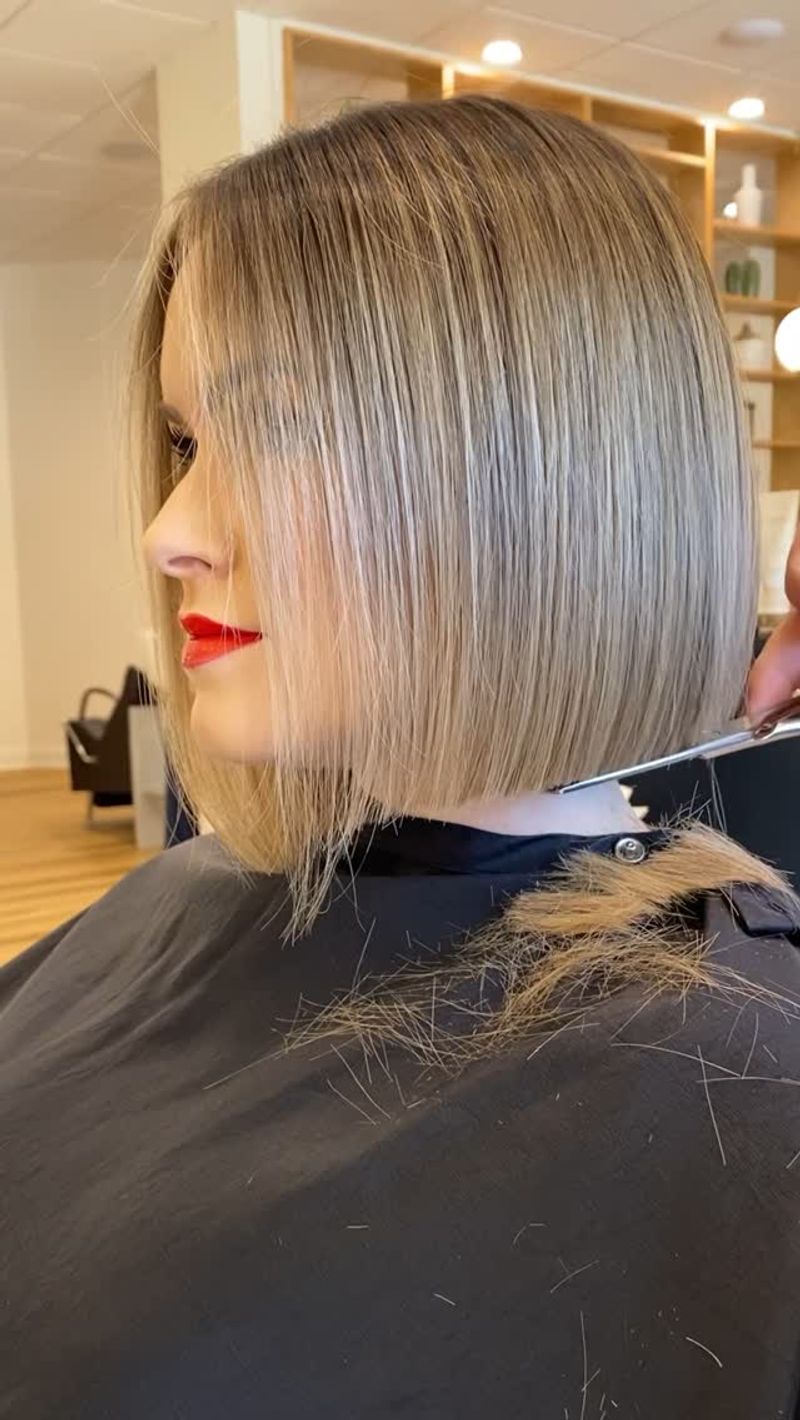
The bob with a dramatic undercut—shaved underneath with longer top layers—had its moment in the alternative fashion spotlight. Now it’s fallen into that awkward territory between edgy and dated, no longer feeling fresh or boundary-pushing.
Growing out an undercut is a special kind of hair purgatory. You’re stuck with awkward lengths for months, even years, as the shaved sections catch up to the rest. This makes committing to this style a long-term decision many come to regret.
The stark contrast between the buzzed and long sections often creates an unbalanced look that doesn’t transition well between professional and casual settings. By 2025, we’ll see more versatile bob variations that incorporate edginess through texturing techniques and creative cutting rather than these commitment-heavy undercut styles.
9. Bowl-Cut Bob
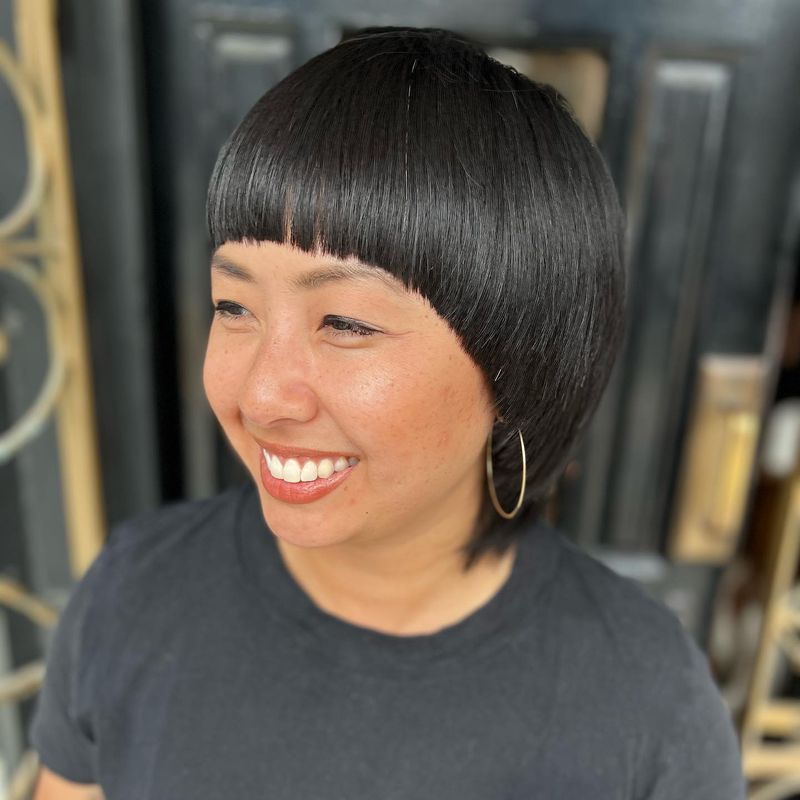
The bowl-cut bob—that perfectly rounded shape with a heavy fringe cut at the same length all around—is perhaps the most notorious of dated bob variations. This kindergarten-reminiscent style creates a childish effect rather than a sophisticated one.
The straight-across bangs combined with the uniform length around the entire head flattens features rather than enhancing them. It’s particularly unflattering on round face shapes, creating a circular effect that lacks definition or angles.
Modern bobs incorporate face-framing elements and varied lengths that complement facial features. By 2025, precision cuts will still be appreciated, but not this particular variation that looks like someone literally placed a bowl on your head and cut around it. Even the most skilled stylist struggles to make this vintage style look intentionally current.
10. Overly Layered 2000s-Style Bob
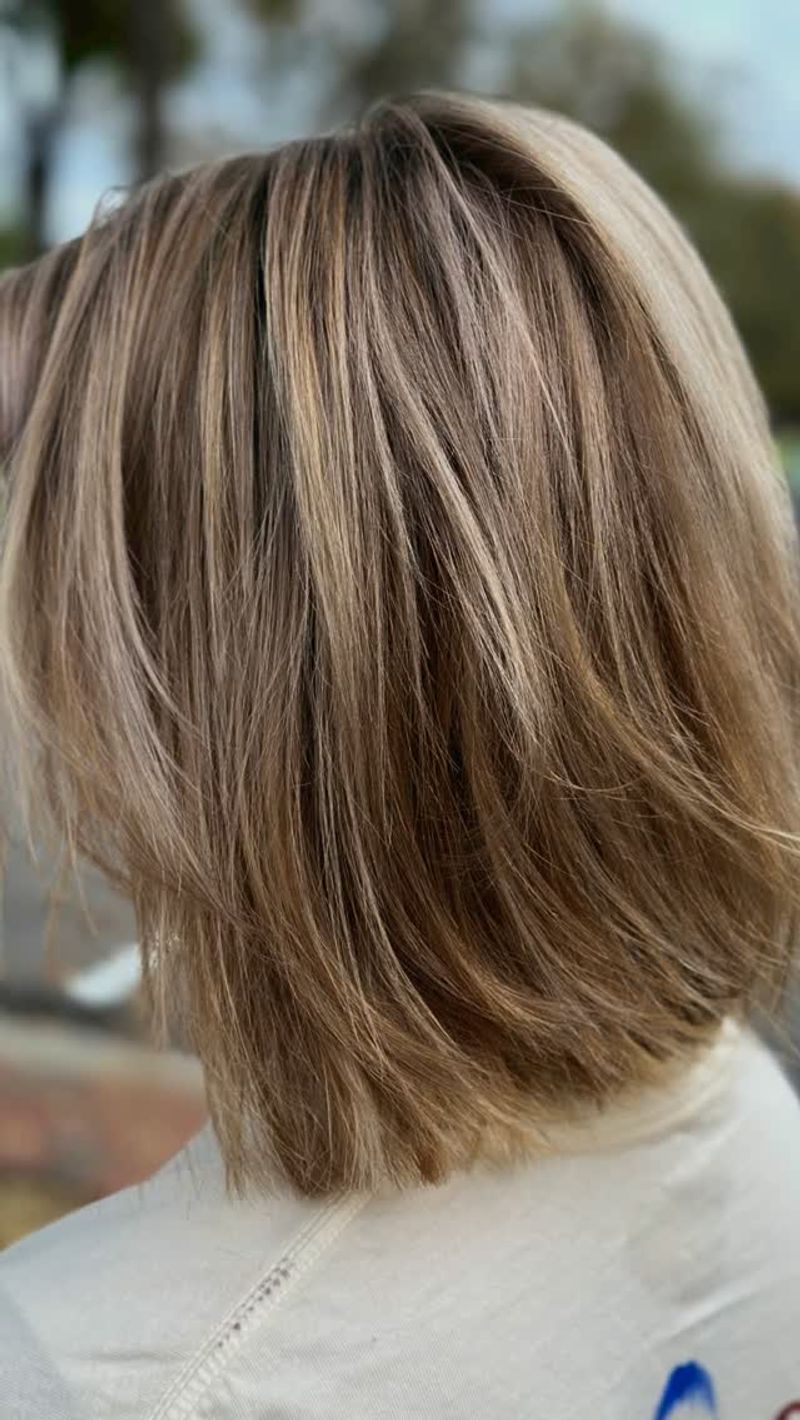
Those aggressively choppy, randomly layered bobs from the early 2000s have not aged well. You know the look—those disconnected, razor-cut layers pointing in every direction that were supposed to look “edgy” but now just look chaotic.
The excessive texturizing creates a messy, incoherent shape that lacks the refinement modern bobs offer. Those spiky, piece-y ends require tons of product to separate them properly, resulting in a crunchy, product-heavy finish that feels dated and unnatural.
The growing-out phase is particularly problematic, creating an undefined shape that quickly loses any intentional look. By 2025, we’ll see layering used strategically to create movement and dimension rather than these scattered, haphazard layers that look like the result of a styling experiment gone wrong.
11. Stiff Asymmetrical Bob With Harsh Angles
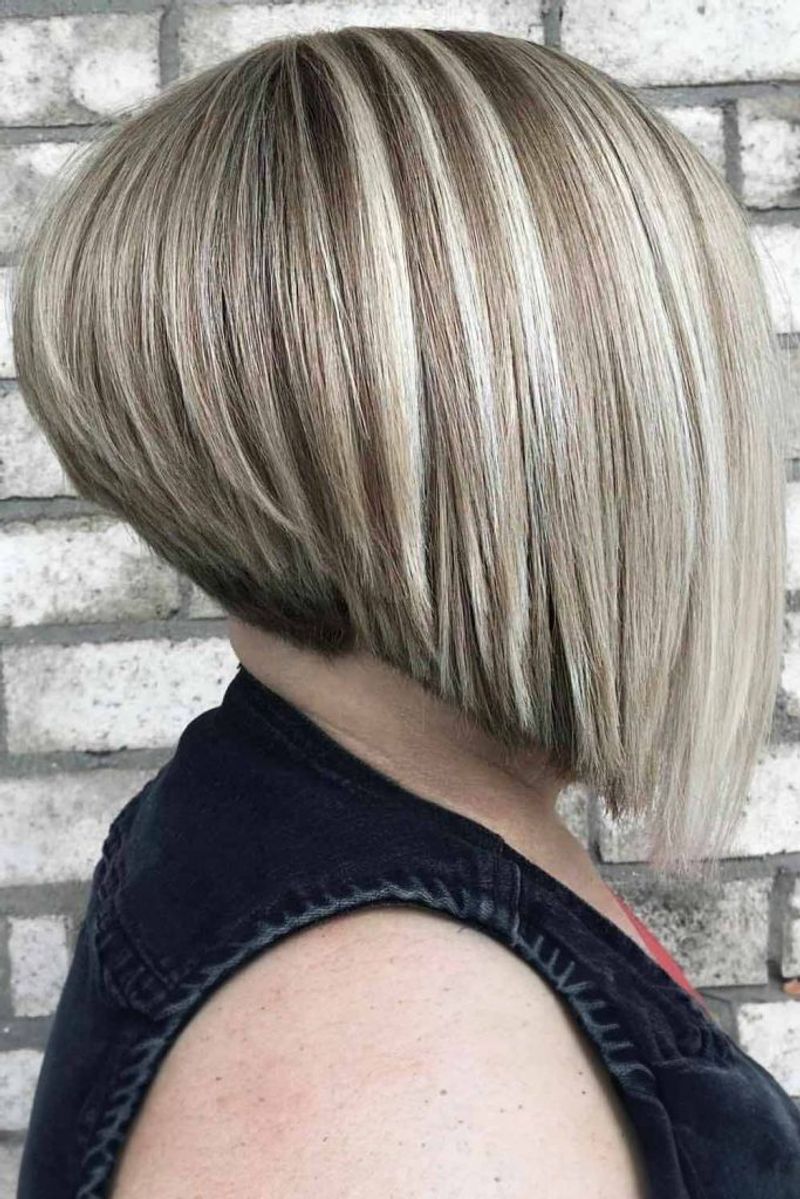
That dramatically asymmetrical bob with one side dramatically longer than the other and sharp, geometric angles has moved firmly into the “dated” category. This look, which reached peak popularity in the late 2000s, now appears contrived rather than artistic.
The extreme imbalance creates practical issues beyond just looking dated. Constantly having hair fall across one side of your face becomes irritating quickly. Plus, there’s only one “good side” for photos, making this a surprisingly limiting style despite its supposedly edgy nature.
Modern asymmetry incorporates subtlety and softness rather than these architectural angles. By 2025, slight length variations that create gentle asymmetry will still be popular, but these severe, obvious differences in length will continue fading from trend reports in favor of more balanced, wearable interpretations.
